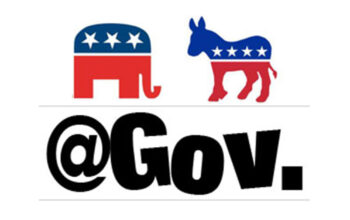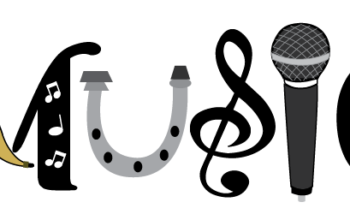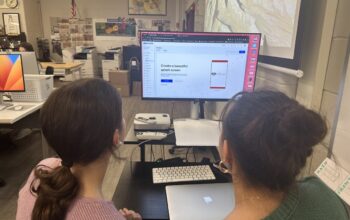Lily Kazemi & Sara Levine
Editors-in-Chief
‘Tis the season to be jolly?
It certainly is for those students who applied early to schools and received their acceptance letters. However, many students are still anxiously awaiting their decisions, having already received their rejections and deferrals or having pushed the whole thing off to the last week of December.
No matter what position you are in, everyone has been making sure to keep tabs on who got in where. When a fresh batch of decisions are sent out, students are in a frenzy, either scrolling through statuses on Facebook or going on our school’s Naviance site to check out the stats.
This year, Naviance includes a new feature where students can see how many kids in their current class are planning on applying to their favorite schools, according to how many people have paid to submit transcripts. Previously, students could only see the amount applying from previous years, going up to 2008 for some schools.
The competitive nature between students has always existed, even before Naviance. Ever since we’ve moved on from the “consistently” or “usually” grading system of elementary school, students are compelled to compare their grades with others to determine how well they did in the class.
For some, learning the grades of peers serves as motivation to do better on the next assignment. However, comparing grades often leads to resentment and that well known statement, “how did she do better than me?”
This academic competitive nature has translated into the college process. It is expected that students from the same high school will have overlap when applying to colleges. However, when one of these students gets rejected, an animosity appears, even though the accepted student had nothing to do with the other’s rejection.
Now, the unintended consequences of Naviance have allowed students to delve deeper into comparison. The scatterplot feature of certain schools gives students the opportunity to see the number of students applied, accepted and enrolled. For those who are accepted, a dot appears on the graph displaying their GPA and SAT/ACT score. These scatterplots show students’ interactions with the school from the past three years. Although anonymous, it has become easy for students to find out which of their fellow peers the dot matches up with.
Some believe that this is a violation of the student’s privacy because they did not give their express permission. However, according to guidance counselor Linda McGann, scatterplots are not published if less than a certain amount of students have applied, making it nearly impossible to pinpoint certain students. “We haven’t really had anyone ask to opt out of the scatterplots,” she said. “Kids don’t really know [which point is which]– they speculate, because it’s not just a single year of information so you can’t really pinpoint anyone. They might say, ‘Oh, this is Sally,’ but that point could really be someone from 2 years beforehand.”
Is this Naviance feature a helpful tool or another excuse for students to show their competitive nature? On the one hand, Naviance is necessary to facilitate the sending of transcripts and teacher recommendations. On the other, it has numerous “unintended consequences” such as increasing the animosity between students.



